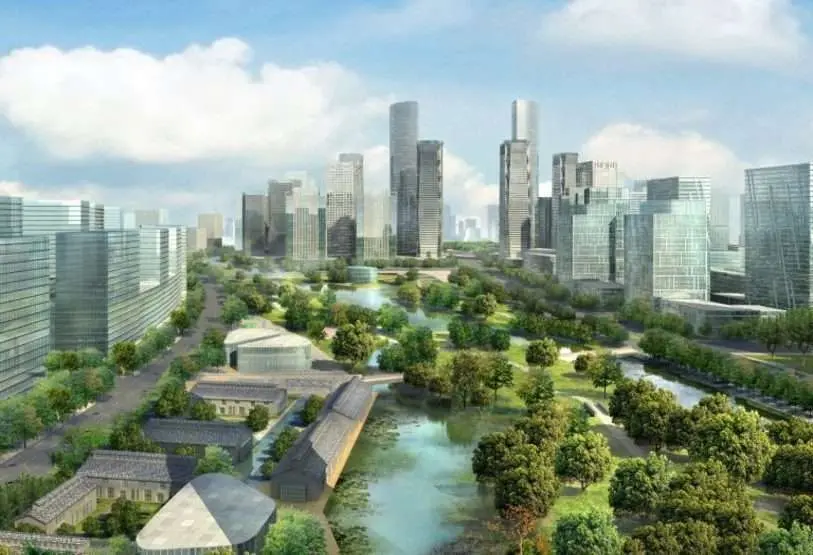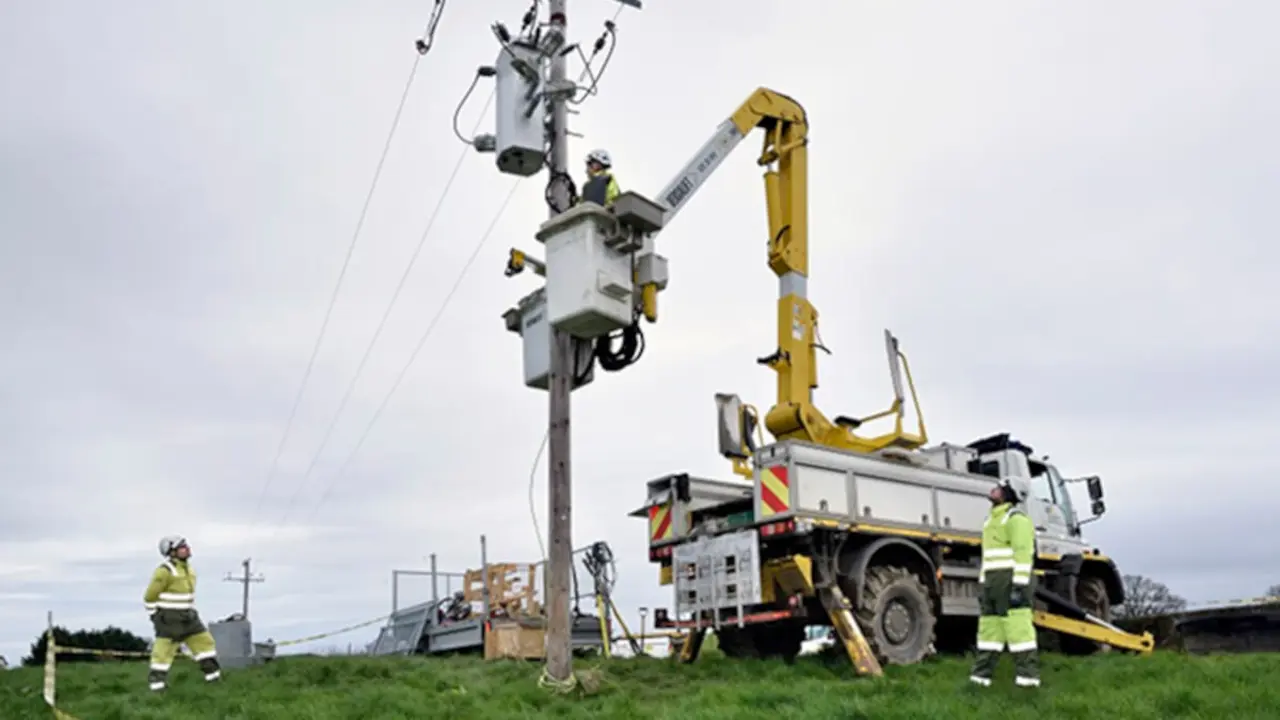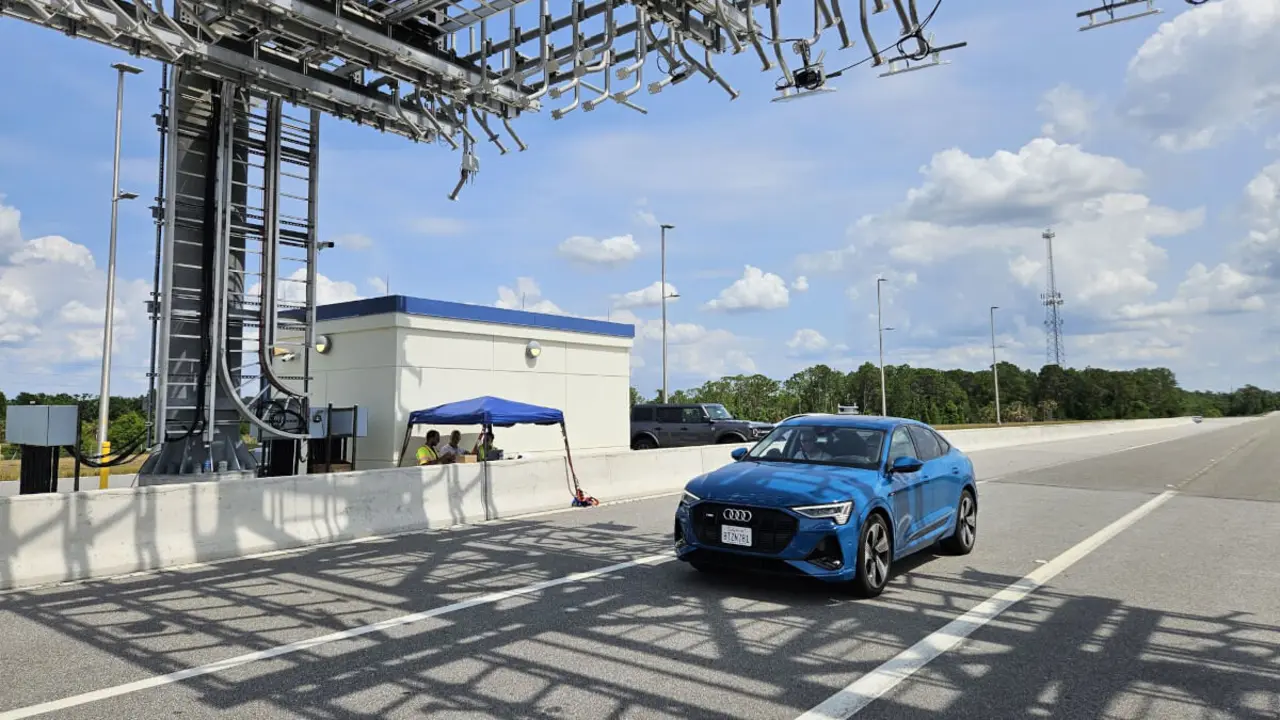The blockchain and energy management

The blockchain, the technology underlying Bitcoin, promises to be a revolutionary tool for making transactions of all kinds without the need for an intermediary. An already feasible use case is the optimisation of electricity and gas consumption.
Simplified, the blockchain is like an electronic ledger where every transaction is recorded. If you send me a euro, it is recorded and we don't need the bank to ensure that the transfer has been made. It's all encrypted, so it's impossible to falsify the accounts.
One example where blockchain can bring a lot of value is the energy sector. In 2021 we will be able to generate and store energy, but we will still be dependent on the energy suppliers to manage it (holaluz, naturgy, endesa, etc.).
Let's imagine a housing estate. It consumes energy every month. Hundreds of electricity and gas tariffs, thousands of euros and KW consumed. Using blockchain, every month we will be able to sell, share or store the surplus energy with our neighbours.
We will not need any fixed tariffs. We will become part of an ecosystem where we will only use the energy we need. Any surplus energy, be it electricity, gas, water or any other, can be reused by other members of the system.
Buildings and their previous construction account for 36 per cent of global energy use and 39 per cent of energy-related carbon dioxide emissions annually, according to the United Nations Environment Programme.
The impact of buildings on climate change is clear. It has to do with how we build them, where we build them and how we manage them.
A large part of the emissions come from how we heat them, how we light them and what energy we use for appliances. Next comes the carbon footprint of the construction phase. The creation of the materials, as well as their transportation and actual assembly.
Everyday actions such as turning on the light, heating the water or plugging in the washing machine have a direct impact on global warming. This may sound shocking, but the large energy consumption of buildings on a global scale needs to be understood.
That said, greater awareness, coupled with technological advancement will allow us to save and be much more energy efficient. Storing energy, exchanging it and transporting it will be key to reducing this problem.
Hopefully, the entire construction industry will move towards a world with lower emissions and better energy management. In turn, the energy industry can be a pioneer in implementing technologies that help people optimise their consumption, spend less and pollute less at the same time.
Source: https://www.companias-de-luz.com/noticias/ahorro-energia-edificios/








